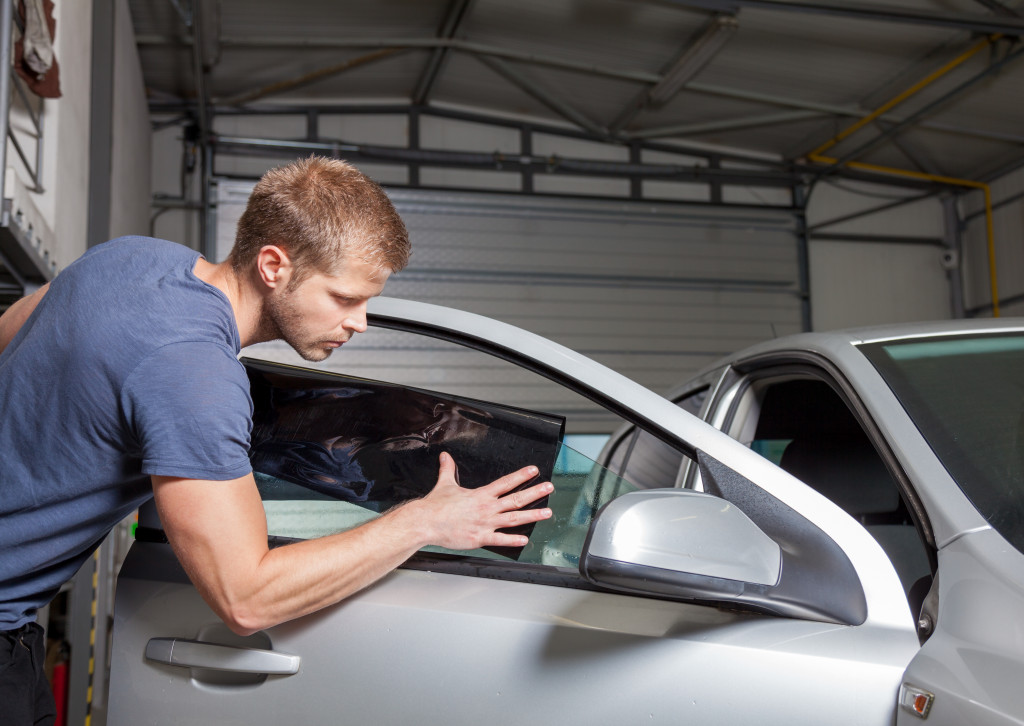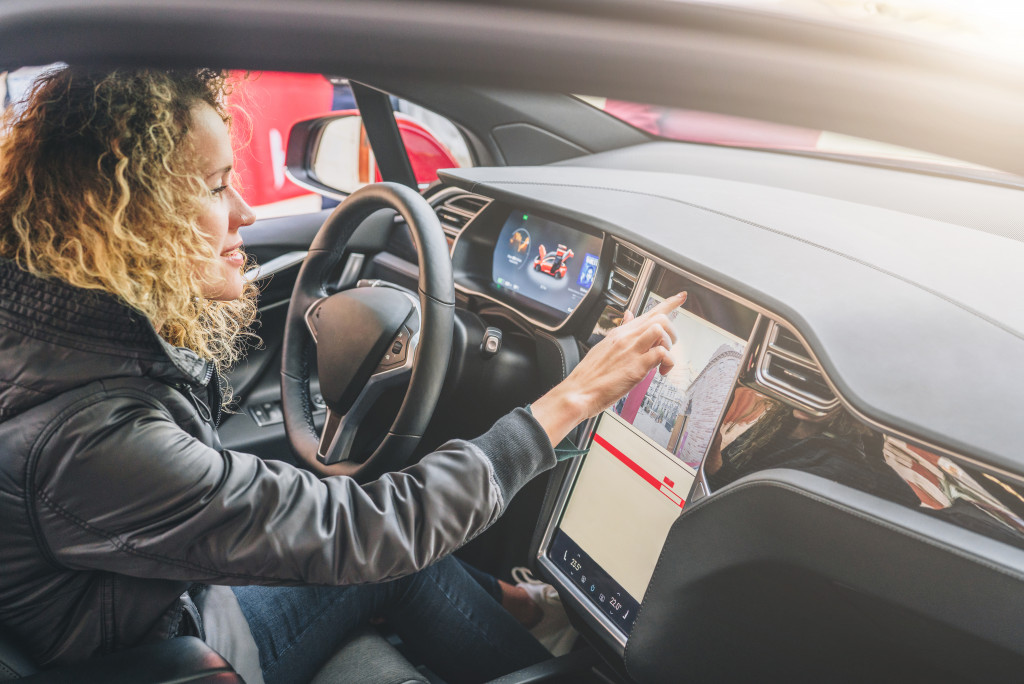- Maintain tires, check tire pressure monthly, and rotate tires regularly to maximize performance and fuel efficiency.
- Apply window tints for sun protection solutions to reduce the energy your electric car uses to cool itself down.
- Utilize regenerative braking technology to convert braking force into electricity that can be stored in the battery.
- Plan your energy-saving route and select the correct charging system that suits your car for efficient charging sessions.
- Drive sensibly to conserve energy, avoiding congested areas during rush hour and driving constantly.
Electric cars are becoming increasingly popular as more people become more conscious about the environment. It’s no secret that electric cars are more energy-efficient than conventional vehicles, but there are still ways to improve their energy efficiency.
By doing so, you will get more mileage from your electric vehicle and reduce your carbon footprint. This post will look at some simple tips you can employ to make your electric car more energy-efficient.
Maintain Your Tires
Having an electric car makes a statement about your love for the environment and clean energy. Unlike traditional cars, electric vehicles are powered by batteries that are mainly charged using renewable energy sources. Owning an electric car comes with unique responsibilities, including maintaining its tires. Tires are an essential car component that directly impacts performance, fuel efficiency, and safety.
Check Tire Pressure Monthly
Electric cars require accurate tire pressure for optimum performance, fuel efficiency, and longevity. Driving with overinflated or underinflated tires is unsafe for you, your passengers, and other road users. Overinflated tires reduce the contact and grip on the road, creating a bumpy ride and poor handling.
Conversely, driving on underinflated tires increases the contact with the ground, leading to unnecessary tire wear, poor fuel efficiency, and compromised stability. Therefore, checking your tire pressure at least once a month and adjusting it to the recommended PSI in your vehicle’s manual is essential.
Rotate Your Tires
Regular tire rotation is necessary to maximize your tires’ lifespan and increase your car’s performance. Unequal tread wear on your tires can lead to poor handling, bumpy rides, and short tire longevity. Therefore, you should rotate your tires every 6,000 to 8,000 miles to ensure that each tire wears evenly.
Rotating tires shifts the tires’ position, so the tires in the front move to the rear, while the ones in the back move to the front. This process ensures that each tire wears at the same rate, which helps prolong its lifespan.
Sun Protection Solutions

The more heat your electric car absorbs, the more energy it will use to cool itself down. To reduce the amount of unnecessary heat your vehicle absorbs, you can look for an auto window tinting service company to apply premium sun protection solutions to your car’s windows.
Sun protection films can filter out up to 99% of UV rays and infrared light that would otherwise enter your car and heat the interior. Applying window tints will reduce the energy your electric car uses to cool itself down, increasing its efficiency and performance.
Regenerative Braking
Regenerative braking is an energy-recovery mechanism that converts the braking force applied to the car into electricity that can be stored in the battery. It’s an innovative system that can help reduce energy consumption, extend range, and enhance the driving experience. Utilizing this feature conserves energy and helps the planet.
Moreover, keeping your electric car battery charged and maintained is essential. If the battery runs low or gets damaged, operating the vehicle becomes complex, and more energy is consumed.
Drive Sensibly

Unlike traditional gas cars, electric vehicles rely solely on battery power for their energy source. As a result, driving an electric vehicle is different from driving a gas car. Every driver can impact their electric car’s performance and efficiency through their driving habits.
Plan Your Route to Save Energy
It’s essential to plan your routes to maximize the efficiency of your electric car. This includes avoiding congested areas during rush hour, which can significantly reduce your car’s efficiency. Driving at a constant and moderate speed is also essential.
Rapid acceleration and aggressive driving will quickly drain your car’s battery. Hilly regions will draw more energy from your battery, so you can conserve energy by selecting a route without hills.
Planning Your Charging Session
Another way to save energy with your electric car is by planning your charging session. Select the correct charging system that suits your vehicle and only charge as much as necessary to cover your planned journey.
You may select level 1 charging (120V), which takes around 22 hours for a full charge, or level 2 charging (240V), taking between 3 and 8 hours for a full account. Plan on a charging station close to you to avoid consuming too much time and energy.
Final Thoughts
Making your electric car more energy-efficient doesn’t have to be complicated. From maintaining proper tire pressure to driving sensibly and removing extra weight, numerous ways exist to cut down energy consumption and save some cash. You are incorporating these energy efficiency tips into your driving habits to reduce your carbon footprint and prolong your battery life.

